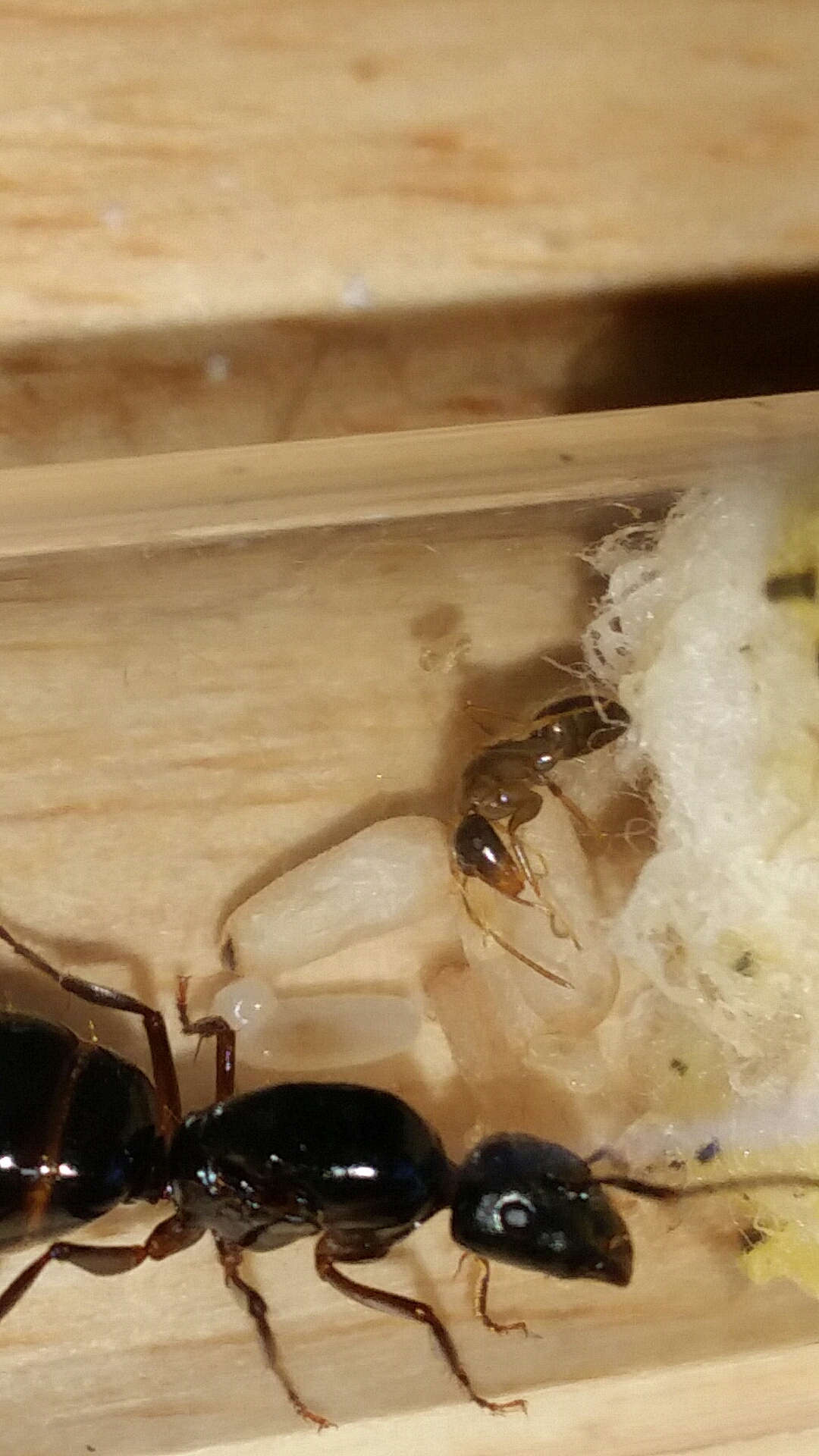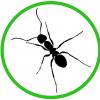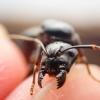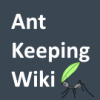One month and two days ago I received 3 queens of this species in exchange for a small Lasius colony! They all had several eggs each, and arrived in perfect condition! This morning, I awoke, to my delight, the most prosperous queen having a single worker!

The other two queens are not far behind either, one should get its first worker, and only nanitic(ate the rest of the brood due to me checking too frequently ![]() ).
).
Hopefully these queens keep thriving!! I have given the colony, which shall be Colony 1, a mealworm slice, and a small amount of sugar water. I have a formicarium that I might use for them almost ready as well. Once her second worker ecloses I will give them an outworld.
Edited by NickAnter, May 24 2021 - 3:47 PM.





















